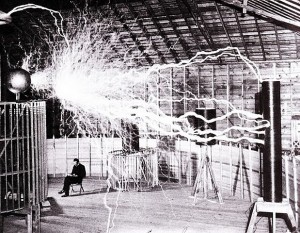I’ve started reading James Bessen’s [amazon_link id=”0691143218″ target=”_blank” ]Learning By Doing: The Real Connection between Innovation, Wages, and Wealth[/amazon_link], and it promises to be very interesting. He starts with a paradox: That “the effects of the new technology are all around us,” but for one place: our paychecks. “Since the beginning of the personal computer revolution, the median wage in the United States has been stagnant.” (I’ve yet to get far enough to know whether the book only talks about the US – phenomena like the stagnant median wage and increased income inequality are at their extreme there.)
[amazon_image id=”0300195664″ link=”true” target=”_blank” size=”medium” ]Learning by Doing: The Real Connection Between Innovation, Wages, and Wealth[/amazon_image]
It set me thinking that actually there is another paradox that’s the twin of Bessen’s: that the main (only?) thing that has benefitted many people in economic terms in the past couple of decades is – technology. People greatly value their smartphones and other ever-cheaper/better consumer electronics, internet access, free online content and services. This consumer surplus story is well-known; among others, Brynjolfosson and McAfee point it out in [amazon_link id=”0393239357″ target=”_blank” ]The Second Machine Age[/amazon_link].
So we have the meta-paradox of limited if any gains in monetary incomes and potentially large gains in non-monetary consumer surplus (although there are some reasons for caution about the scale as ‘free’ is not free), and no obvious way to evaluate these, You can’t eat consumer surplus but people see internet access as a basic right (pdf), a sign that they put huge value on the technology. I’m spending a lot of time thinking about these measurement/welfare questions.

